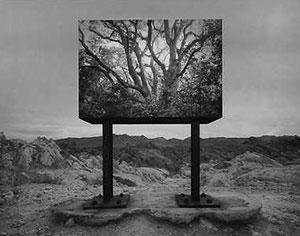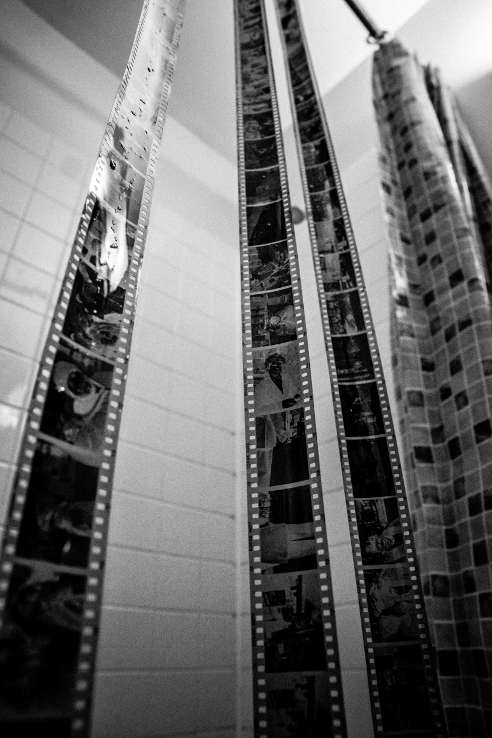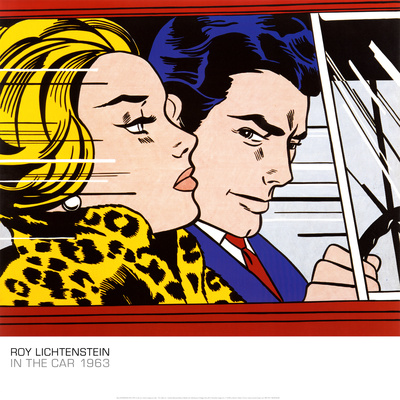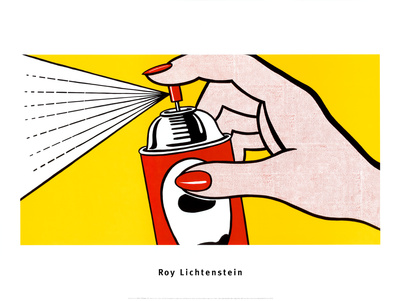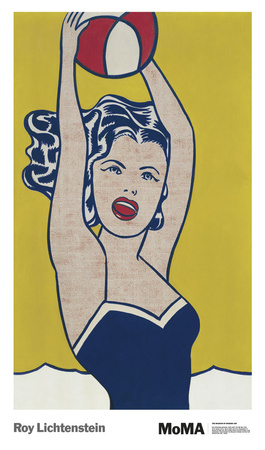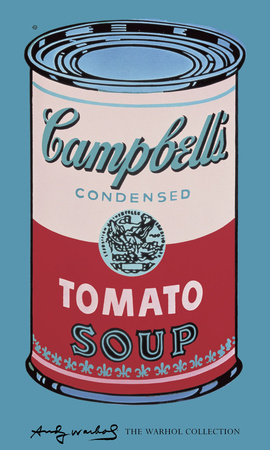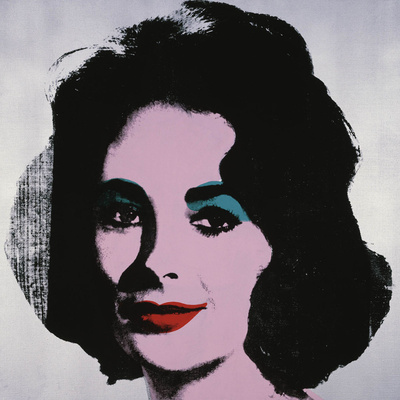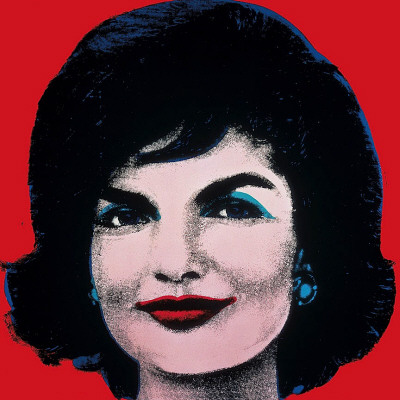Brad Compton
Mrs. Haynes Period 2
Photography 2
29 September 2014
Leaves of Autumn
“Autumn is a second spring when every leaf is a flower.” – Albert Camus. Autumn has always been my favorite time of year. As we approach the end of September, we begin to see the first signs of fall. The leaves begin to turn colors, the temperature begins to drop, baseball season begins to end, football season begins, little kids begin to plan their Halloween costumes, and we begin to make plans for the holidays. Leaves are a fascinating part of nature – a natural time clock. As we begin to study the leaves of late September, we notice that there is great variety in their appearance. This is a transitional period between seasons. We feel as if it is still summer, while it is technically autumn.
The first leaf in the documentary is a sign of summer, the tomato leaf. Tomatoes are grown in the summer, and when fall comes around, they usually begin to die. This vibrant, healthy leaf is a sign that although fall is near, summer is still here. My next leaf is from a plant that lives year round, and usually thrives in the spring and fall. The beautiful flowers are not yet in bloom, another sign that fall is not quite here. The next leaf is a patch of clovers, which also grow in the mild temperatures of spring and fall. Clovers, which by many are considered weeds, are actually very beautiful. Their colors bring life to usually desolate areas. They are also a sign of good luck. The next leaf is from a parsley plant. Parsley has a practical purpose in the backyard, while also adding color. Similar to parsley is photo number eight, the basil plant. Basil also is an herb that adds practicality and beauty to the garden.
Now for the more typical leaves, the leaves of trees. Photo number five is an apple tree leaf. Apples usually bring thoughts of fall and harvest; however this is just a sapling. This tree is new, and it has a long life ahead of it. It will experience many more autumns in its future. Photo number six and seven bring back many memories. This tree has always been a focal point of my backyard. The tree has beautiful reddish purple leaves that stay vibrant throughout their lives. Even when the leaves fall, they stay purple and beautiful. Photo number ten is a definite sign of fall. These leaves have already fallen, and they have collected into a pile next to the fence. The leaves are not very colorful, but it is an exciting sign of what is to come. My favorite image, number nine, is a dead apple sapling. The leaves are dead, but at the same time beautiful. They are in the corner of the yard; isolated, away from sunlight and water. The leaves on the sapling would be this color any time of year, however their colors are reminiscent of late fall.
While all of these leaves display the transitional time between summer and fall, they also have a sentimental value to me. These images were all taken in my backyard, the same yard that I grew up in. As I said about photo number six, these leaves from the many trees in my backyard make me think of my childhood. There are pictures of me as a baby, sitting next to the same tree when it was just a few feet tall. In a sense, the trees have grown up with me.
Leaves are nature’s time clock, a natural sign of the changing seasons. Many of us wait for this very special time of year. As you can see from the images in this photo essay, autumn is not completely here just yet. We are beginning to see signs, such as the slight color changes leaves are undergoing, but there are also signs of summer still lingering on.













